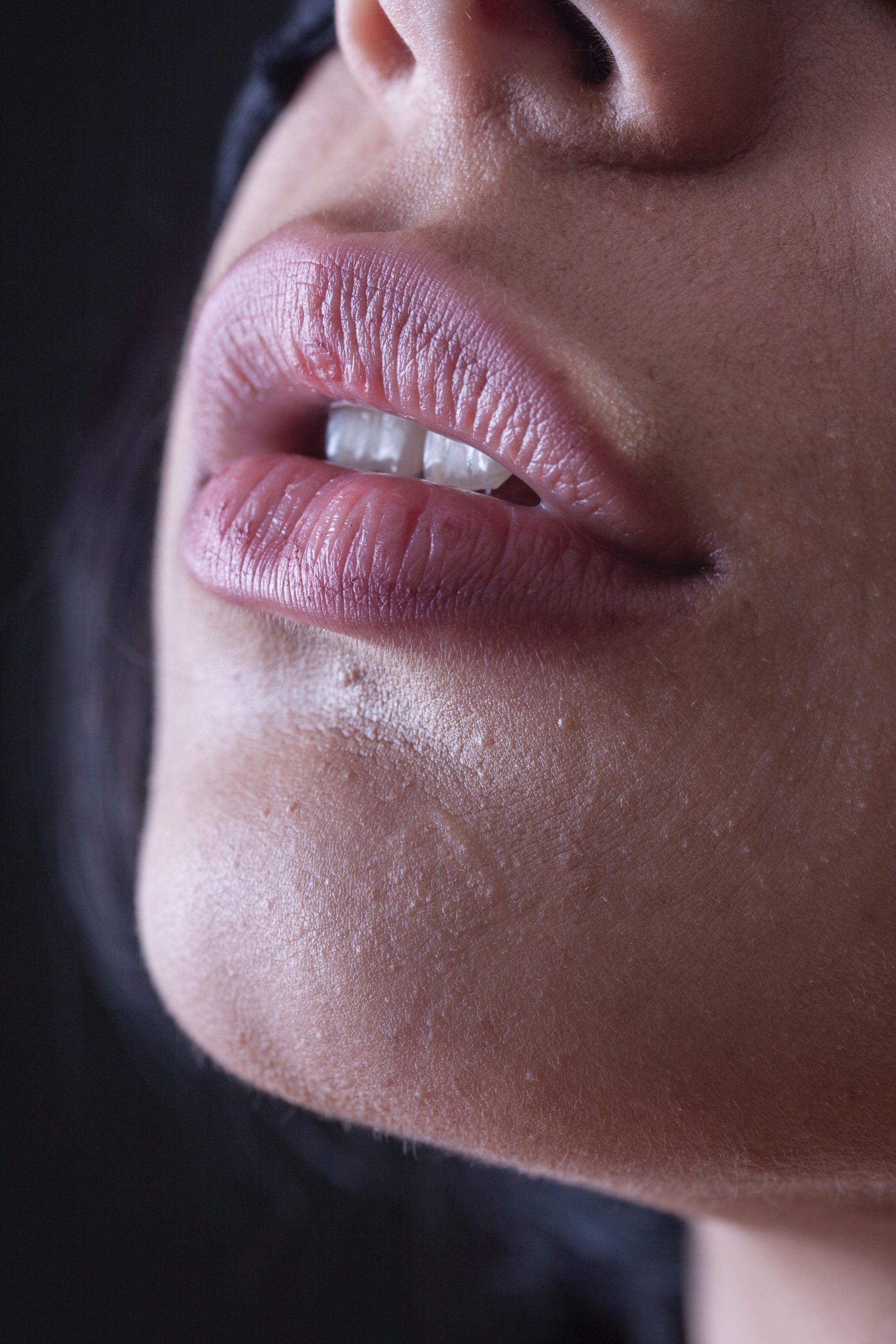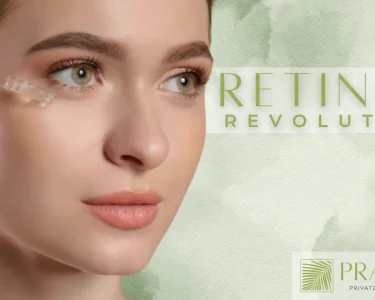Introduction:
With the rising popularity of lip fillers, individuals seeking to enhance their lips are faced with a multitude of options. From hyaluronic acid-based fillers to collagen-stimulating injections, choosing the right type of lip filler can significantly impact the outcome of the procedure. In this article, we will explore the different types of lip fillers available and provide insights to help you make an informed decision about the best option for your desired results.
Understanding the Types of Lip Fillers:
1. Hyaluronic Acid (HA) Fillers: HA fillers are the most commonly used type of lip fillers. They are composed of a substance naturally found in the body, making them biocompatible and safe. HA fillers provide natural-looking results, as they can be adjusted and dissolved if necessary. Some popular HA fillers include Juvéderm, Restylane, and Belotero.
2. Collagen-Stimulating Fillers: These fillers work by stimulating collagen production in the lips, leading to increased volume and a more youthful appearance. While the results may take longer to develop compared to HA fillers, collagen-stimulating fillers offer longer-lasting effects. Examples of collagen-stimulating fillers include Sculptra and Radiesse.
3. Fat Transfer: Fat transfer involves using the patient’s own fat cells, usually harvested from another area of the body, to augment the lips. This procedure offers natural and long-lasting results, as the body readily accepts the transferred fat. However, fat transfer requires a more extensive procedure compared to injectable fillers.
Factors to Consider:
1. Desired Results: The type of lip filler you choose should align with your desired outcome. If you seek subtle volume enhancement and a more defined shape, HA fillers may be the ideal choice. On the other hand, if you prefer longer-lasting results and a collagen-boosting effect, collagen-stimulating fillers might be more suitable.
2. Treatment Duration: Different lip fillers have varying durations of effectiveness. HA fillers typically last between 6 to 12 months, while collagen-stimulating fillers can provide results for up to two years or more. Consider your preference for maintenance and the longevity of the results when making your decision.
3. Allergies and Sensitivities: Prior to undergoing any lip filler procedure, it’s essential to disclose any known allergies or sensitivities to your healthcare provider. Some individuals may have allergies to certain components found in lip fillers, so it’s crucial to choose a filler that suits your specific needs.
Consultation with a Skilled Practitioner:
Choosing the right type of lip filler for your desired results is a decision best made in consultation with a skilled practitioner. A qualified healthcare provider will evaluate your unique facial anatomy, discuss your goals, and recommend the most suitable filler type and technique. They will take into consideration factors such as your medical history, desired outcome, and potential side effects.
Conclusion:
Choosing the right type of lip filler is a critical step in achieving your desired lip enhancement results. Understanding the different options available, such as hyaluronic acid fillers, collagen-stimulating fillers, and fat transfer, can help you make an informed decision. Factors such as desired results, treatment duration, and any allergies or sensitivities should be carefully considered. Ultimately, consulting with a skilled practitioner is crucial to ensure the safest and most effective treatment for your unique needs. By choosing the right type of lip filler, you can achieve natural-looking, beautiful lips that enhance your overall facial aesthetics.




